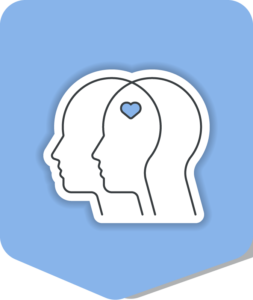All well executed user research begins with a plan. I’ve conducted a wide range of research studies with varying complexity and methods, including contextual interviews, online surveys, card sorting, and usability testing. When interviewing users, it’s essential to understand the users:

Conduct user research by talking to a variety of users and documenting the problems that exist within a process.
When conducting user interviews, it’s important to document the research goal, interview method(s), and questions into a field guide so there’s consistency through-out the process. When interviewing, you want to understand the users:
In a world where online shopping has become a way of life, an e-commerce presence is required to excel and grow a business. As a group project, I suggested we explore the online shopping experience. Through user interviews, contextual inquiries, journey mapping, persona creation, and online survey results, we found what users consider a delightful online shopping experience. This includes:
A large part of my group participation was building the graphics to capture user participation, data collection, and analyzing the data for critical takeaways.
Upon conclusion of the user research you have a lot of data to wade through. The trick is to distill the data and extract user’s needs and insights. Qualitative analysis extracts themes and models (think stories) and quantitative data focuses on the quantifiable aspects of your research (think numbers).
After cleansing the data, it’s time to model (no, not runway model!). A few ways to model the data is to create:
A modeling technique that
involves transcribing and clustering observations to extract a theme.
Lorem ipsum dolor sit amet, consectetur adipiscing elit. Ut elit tellus, luctus nec ullamcorper mattis, pulvinar dapibus leo.
Lorem ipsum dolor sit amet, consectetur adipiscing elit. Ut elit tellus, luctus nec ullamcorper mattis, pulvinar dapibus leo.